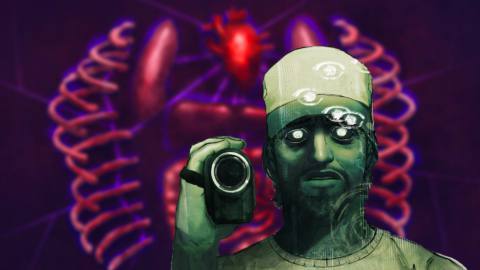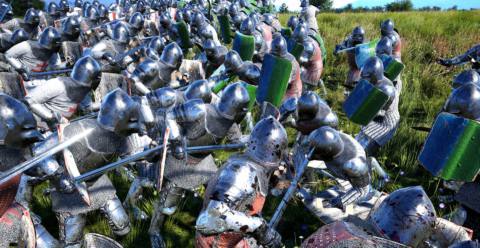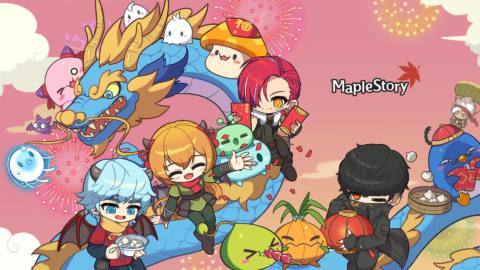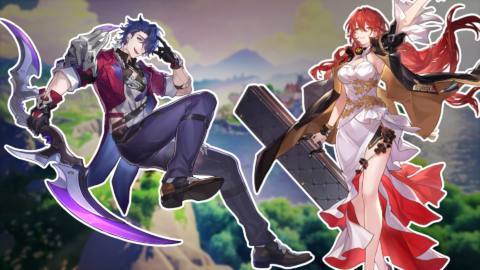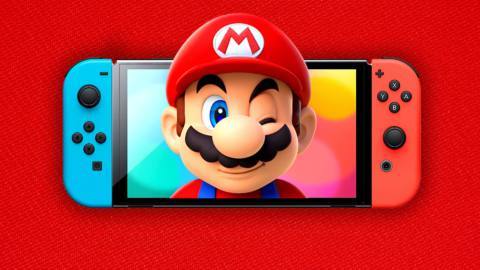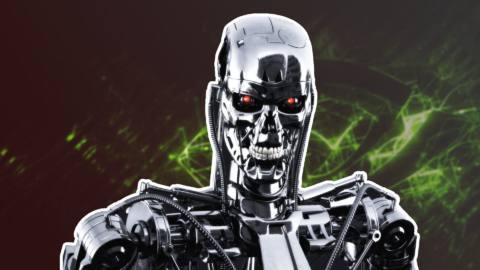
Death Stranding is a tale of juxtapositions. It’s a game where someone can monologue for 10 minutes straight about uniting a divided America, before Junji Ito pops in over a comm link to ask if you’ve seen his figurines. It’s a tall tale of uniting a divided society and what it means to maintain a connection in a world devoid of physicality, smashed against the cliff face of repeatedly gunning down Mads Mikkelsen and fighting ghosts using grenades made from your own piss and shit.
Death Stranding Director’s Cut is a game of even more juxtapositions. Not quite content to let its 2019 offerings lie, Kojima Productions is back for another round with Norman Reedus’ Sam Porter Bridges nearly two years later. The result is more polarizing additions: for every heartfelt moment of discovery among the new story content, there’s a racing minigame that borders on the obnoxious. For every critical mechanic that feeds into Death Stranding’s overarching philosophy, there’s a literal cannon that shoots out cargo for you to sprint ahead and reclaim. There’s plenty of smaller additions strewn throughout Death Stranding’s re-release, and they’re not necessarily concerned with meshing into what came before.
It’s impossible to examine the new content of Death Stranding Director’s Cut without first re-examining the aforementioned philosophy of the base game. In 2019, Death Stranding continued game director Hideo Kojima’s fascination with the cultural and social aspect of America. If the Metal Gear Solid series was representative of Kojima’s fixation with America’s looming shadow on the world stage, with politics and proxy wars alike spreading all over the globe, Death Stranding was a look inwards at the heart of America through societal norms, examining how people function in a disparate society after a culture of self-preservation and personal gain has been thrust upon them for the past 300 years.

